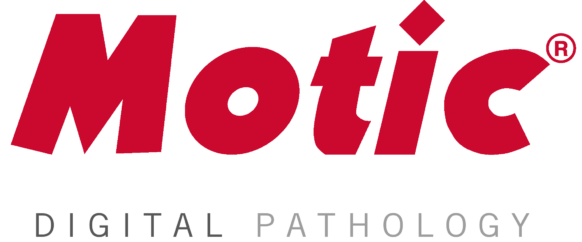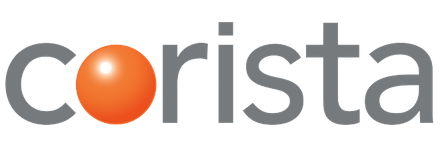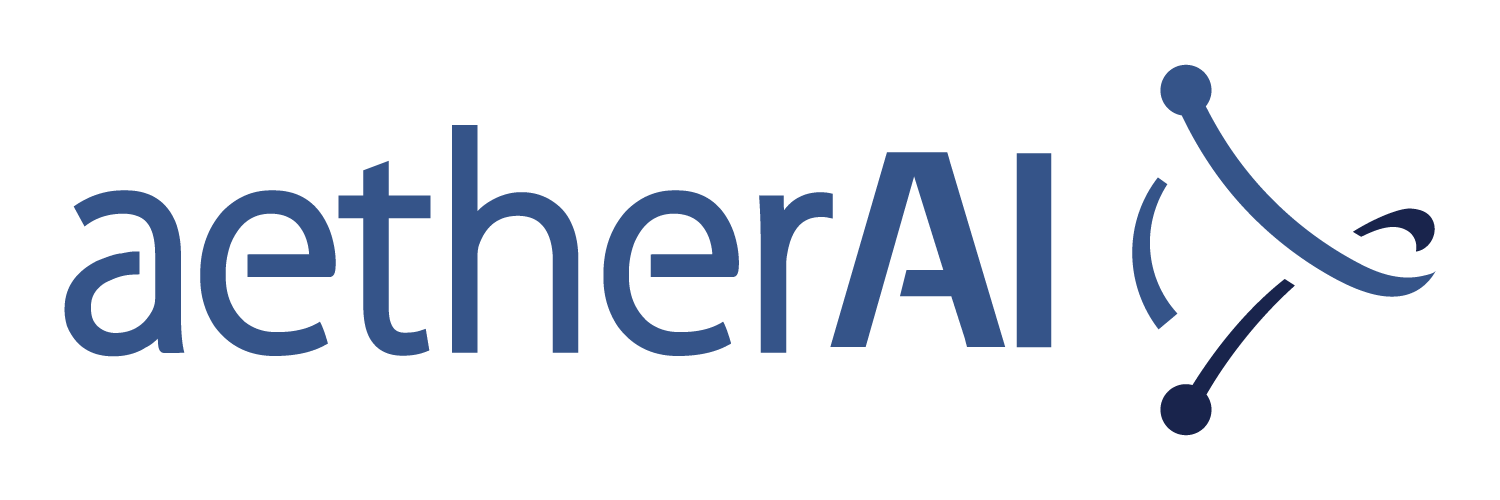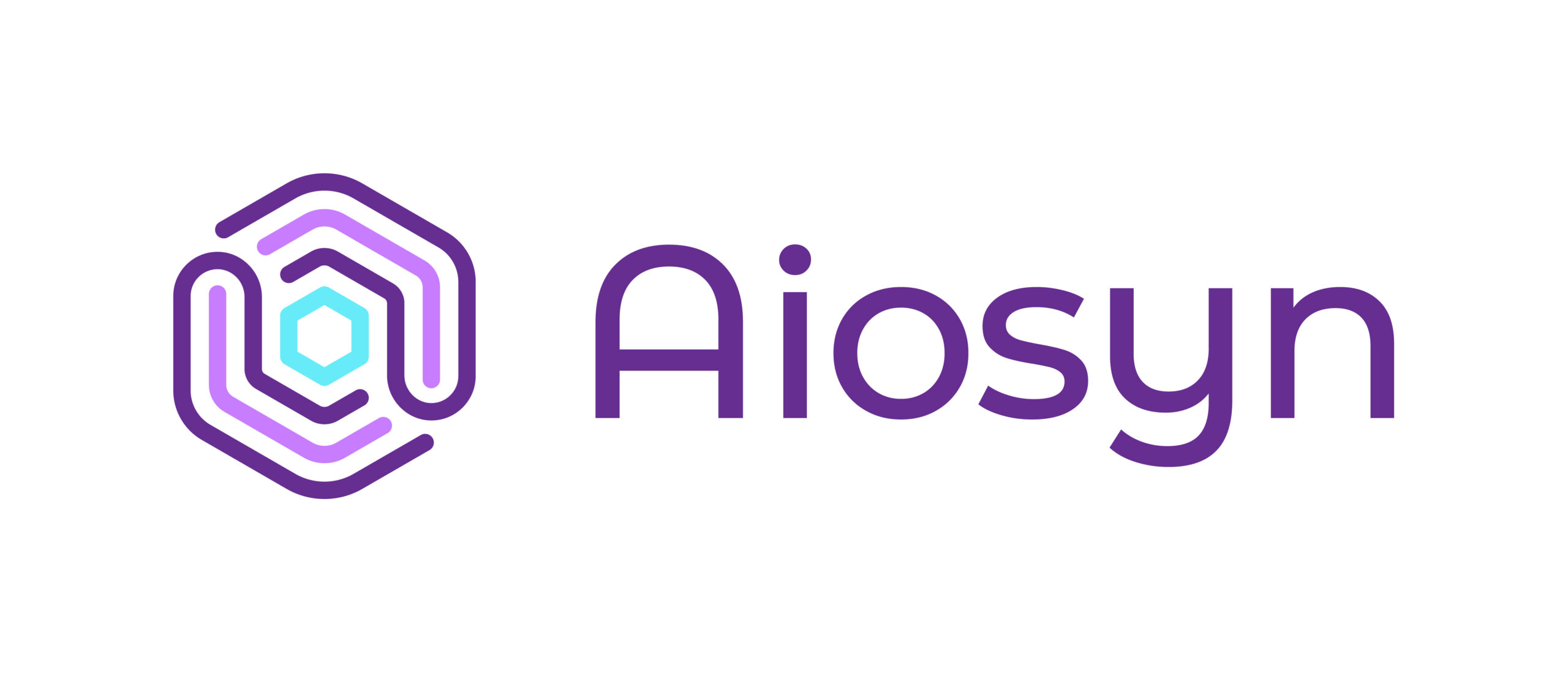What are the technology challenges holding back the digital pathology industry?
Interesting read by Nathan Buchbinder, Co-Founder and the Vice President of Operations at Proscia Inc., and what he and his colleagues at Proscia are doing to help solve the obstacles. While the benefits of digital pathology remain important to patient care, the fundamental issues of converting analog glass slides to digital images and being able to store, read, review, annotate, analyze and report on those images in lieu of glass slides contains numerous challenges. Nonetheless, Nathan writes, the challenges we face do not “distract from the ultimate vision of improving the pathology experience and driving insights from tissue.” The future is bright.
The vision for automated diagnosis of computer-analyzed biopsy images is one that has the potential to drive enormous advances in pathology.
The idea of being able to have a computer supplement the expertise of a pathologist by providing quantification of patterns hidden within a tissue sample is very attractive and can lead to discoveries that change how we diagnose and treat disease. However, the heavy focus on automated image analysis in pathology has veiled many of the fundamental problems that have kept pathology years behind its radiologic and genetic counterparts. Until these challenges are addressed, automated diagnosis and clinical decision support will remain largely irrelevant in the clinical setting.
The problem in pathology is that whole slide imaging — the practice of creating high-resolution full-magnification digital images of tissue that would traditionally be analyzed under the microscope — creates an enormous infrastructure burden for its adopters. A typical whole slide image scanner (the devices used to create digital images from physical samples) can produce 120 digitized images, each of which is many gigabytes in size, in a 12-hour timeframe. To put that into perspective, every day, a lab with a single scanner could easily produce a terabyte of data. With a couple of scanners, we’re talking about petabytes of data every year.
































